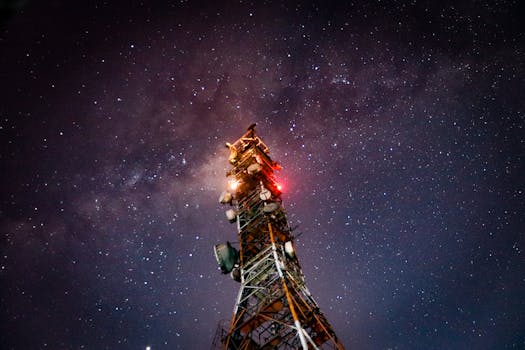
MEO Satellites: Revolutionizing Global Communication with Medium Earth Orbit Technology
MEO satellites, or Medium Earth Orbit satellites, are a type of satellite that operates in an orbit between 2,000 and 36,000 kilometers above the Earth’s surface. This orbit is higher than Low Earth Orbit (LEO) satellites but lower than Geostationary Orbit (GEO) satellites. MEO satellites are revolutionizing global communication by providing faster and more reliable connections.
MEO satellites have several advantages over traditional GEO satellites. They have a lower latency, which means that data can be transmitted and received more quickly. This makes them ideal for real-time applications such as video conferencing, online gaming, and live streaming. MEO satellites also have a wider coverage area, making them suitable for providing broadband services to remote and underserved communities.
How MEO Satellites Work
MEO satellites work by transmitting and receiving data through a network of ground stations and other satellites. They use a variety of frequencies, including Ka-band, Ku-band, and C-band, to transmit data. The satellites are equipped with transponders, which are devices that receive and retransmit signals. The transponders are connected to antennas, which are used to transmit and receive signals.
MEO satellites are typically launched into orbit using a rocket, and once they reach their desired altitude, they deploy their solar panels and antennas. The satellites are then connected to a network of ground stations, which are used to control and communicate with the satellites. The ground stations use large antennas to transmit and receive signals to and from the satellites.
Applications of MEO Satellites
MEO satellites have a wide range of applications, including broadband services, mobile communications, and navigation. They are used to provide internet access to remote and underserved communities, and to support mobile networks in areas where traditional infrastructure is limited. MEO satellites are also used for navigation, such as GPS and other satellite-based navigation systems.
MEO satellites are also used for scientific research, such as studying the Earth’s climate and weather patterns. They are equipped with specialized instruments, such as spectrometers and radar, which are used to collect data on the Earth’s atmosphere and surface. This data is used to improve our understanding of the Earth’s systems and to predict weather patterns and natural disasters.
Benefits of MEO Satellites
MEO satellites have several benefits, including faster and more reliable connections, wider coverage areas, and lower latency. They are also more resistant to interference and jamming, making them more secure than traditional GEO satellites. MEO satellites are also more flexible, as they can be easily reconfigured to support different applications and services.
MEO satellites are also more cost-effective than traditional GEO satellites. They require less power to operate, and they have a longer lifespan, which reduces the need for frequent launches and replacements. MEO satellites are also more environmentally friendly, as they produce less waste and require less energy to operate.

